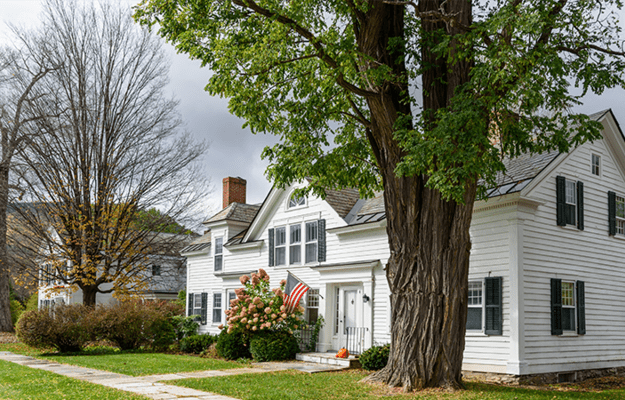
The 2015 Housing Market: A National Perspective
- Title:
- The 2015 Housing Market: A National Perspective
- Author:
- Source:
- Publication Date:
-
2015
The U.S. housing market continues to feel the lingering effects of the 2008 financial crash. The latest installment of the State of the Nation's Housing, an annual publication by the Joint Center for Housing Studies at Harvard University, delves into the intricacies of the current housing market using the latest data. Many homeowners continue to owe more on their homes than they are worth, and may have damaged credit histories that make it harder for them to purchase new homes. Young people are saddled with thousands of dollars in student loan debt, and many are delaying starting their own households. Stagnant wages have made it harder for people to save for downpayments, and stricter credit requirements have made buying more difficult. Overall, the housing market continues to be stalled, despite substantial growth in multifamily starts. The rental market, in particular, is under pressure and an increasing number of renters are cost-burdened.
Major findings on homeownership:
- Homeownership is at 20-year lows: 64.5% in 2014 and 63.7% in the first quarter of 2015.
- Homeownership rates would be lower if not for two factors: the Baby Boomers moving into the age with historically highest levels of homeownership, and the unusually high homeownership rates of seniors.
- Generation X declined in rates of homeownership the most of any age group.
- The Great Recession precipitated unnecessarily tight credit standards. According to the Urban Institute, from 2001 to 2013, home purchase loans among borrowers with scores between 660 and 720 dropped 37%.
- There has been a shift in the type of existing home sales, from distressed properties to traditional properties.
- April 2015 was the 32nd consecutive month that existing home sales were below a six-month supply, considered the measure of a balanced market.
Major findings on rental housing:
- The growth in rental households from 2004-2014 is the highest in any 10 year period since the late 1980s. In total, 3.2 million single-family detached homes entered the rental market in this time, and developers have added 1.2 million apartment starts since 2010.
- Despite the increase in rental stock, the rental market continues to tighten, with vacancy rates at their lowest in 20 years: 7.6%. As a consequence, rents rose 3.2% in 2014, twice the rate of inflation.
- Despite the growth in multifamily building, construction remains weak, with only 1 million housing units started in 2014. Prior to the downturn, this rate would have been the lowest in 50 years. This low rate of housing starts is largely due to very low levels of single-family construction.
Major findings on household growth and incomes:
- Median household income in 2013 was $51,900, equivalent to 1995 levels.
- An increasing in net immigration, and in household formation among millennials may bode well for the future of the housing market. The size of the millennial generation alone has the potential to bring household growth to normal levels.
- The share of cost-burdened owners declined to 25% while the share of cost-burdened renters remain at record highs of nearly 50%. In particular, moderate income families are increasingly cost-burdened. The share of renters earning between 30 thousand and 75 thousand dollars a year who are cost-burdened grew 7 and 6 percentage points, respectively.


